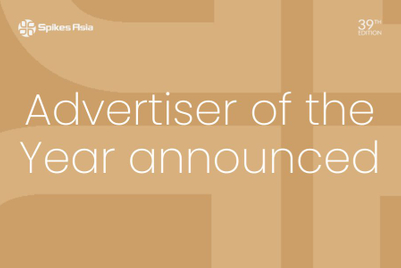
Even people who are lousy at fly fishing, like me, can find moments of extreme joy when standing in the middle of a river. After a few consecutive days of fishing to get in the groove, even I start making consistent and smooth casts, and turning bites into caught fish.
Who knew that fly fishing and advertising had so much in common? I try to leave my day job on the banks, but faced with the prospect of a fishless day during one recent fishing trip, I applied a test-and-learn framework we've developed with our smartest clients in hopes of turning my luck around.
The system is built upon a measurement foundation that connects successful outcomes with the drivers of that success—in this case, developing the metrics that matter in the river. With that foundation intact, I can then systematically focus on identifying the tactics that drive those metrics. This measurement foundation consists of a tiered structure of indicators—lagging, leading, and day-to-day metrics—that ripple into downstream success.
In this system, catching fish is the ultimate measure of success, and represents the lagging (or when fishing, the “bragging”) indicator. It “lags” because the total number of fish caught is a great way to describe the trip’s success when the day is done, but it’s not easy to impact without first mastering all the variables that need to coincide harmoniously to catch those fish.
Anglers need more real-time measures to tell them if they’re on track. This is the leading indicator, and when on the river, getting bites—when a fish nibbles on the fly—is strong indication that you’re doing the right things. It’s admittedly easier to reel in a fish already on the line than it is to get a fish on the line, so I prioritise maximising the total number of bites.
But I need an even more real-time variable on which to focus to immediately improve my chances of getting those nibbles. Time and testing in the river has shown that the most impactful way to maximise bites is to keep the line in the water as much as possible: minimise time wasted fumbling with equipment, untangling knots, or moving from place to place. It seems obvious, but having my line in the water as much as possible predicates the decision-making process while on the river.
Advertising professionals likely recognise some parallels.
A common lagging indicator, for example, could very well be a sale event or conversion—when someone buys your product. The data that helps marketers understand what drives those sales has become much more granular and is more quickly accessible than ever before. But brand affinities are developed over long periods of time, and it can take months or years before advertising results in a sale. Brand advertisers need a more immediate way to understand what's working and what's not.
Just as fish express intent by nibbling, controlled experiments allow people to express how advertising alters perception, influences favourability and drives purchases. These experiments, typically in the form of targeted surveys, are low-cost, granular, and can be delivered in near real-time following an ad exposure. Thoughtful setup and analysis allows marketers to understand which levers (a certain piece of creative, personalised copy, or a particular audience, for example) move those measures and which spur sales. The results from these experiments serve as marketers’ leading indicator.
Just as leaving the line in the water as long as possible is the best way to maximise bites, advertisers need a similar “always-on” approach to guide their tactical decisions on a daily basis. Common metrics like reach, frequency, viewability, and time-spent are all available in real-time and are easily relatable to leading and lagging indicators.
Like fly fishing, advertising looks easy when you see someone else doing it well. And with practice, it is. But it takes discipline to establish a consistent foundation, to exercise the right muscles and understand how one action affects another.
When fishing the advertising waters, don't be afraid to hire a guide, or get advice from the local fly shop. These people usually love talking about their craft, equipment, and what has worked for others who've fished their local streams.
 Max Mead is SVP of special operations at TubeMogul Max Mead is SVP of special operations at TubeMogul |


.jpg&h=334&w=500&q=100&v=20250320&c=1)
.jpg&h=334&w=500&q=100&v=20250320&c=1)
.jpg&h=334&w=500&q=100&v=20250320&c=1)



.png&h=334&w=500&q=100&v=20250320&c=1)

.png&h=334&w=500&q=100&v=20250320&c=1)








